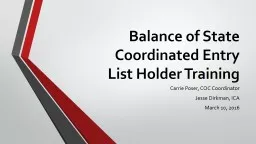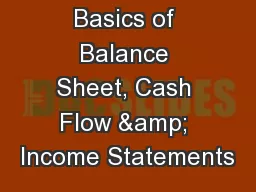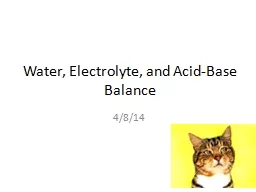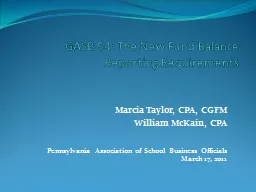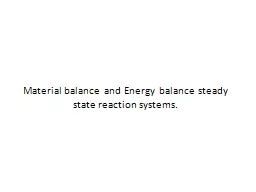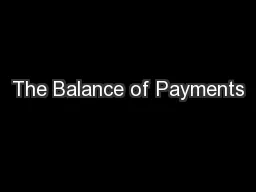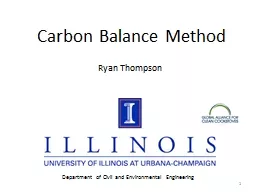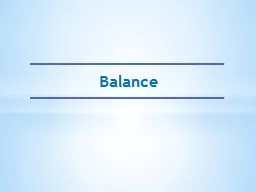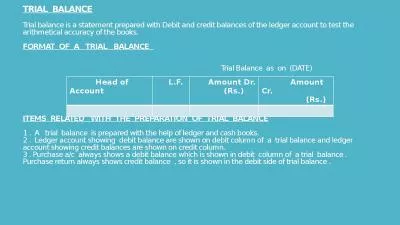PPT-Balance of State
Author : debby-jeon | Published Date : 2017-01-30
Coordinated Entry NonWISP Referral Form Carrie Poser COC Coordinator Jesse Dirkman ICA March 14 2016 Agenda Overview The referral process The NonWISP Referral
Presentation Embed Code
Download Presentation
Download Presentation The PPT/PDF document "Balance of State" is the property of its rightful owner. Permission is granted to download and print the materials on this website for personal, non-commercial use only, and to display it on your personal computer provided you do not modify the materials and that you retain all copyright notices contained in the materials. By downloading content from our website, you accept the terms of this agreement.
Balance of State: Transcript
Download Rules Of Document
"Balance of State"The content belongs to its owner. You may download and print it for personal use, without modification, and keep all copyright notices. By downloading, you agree to these terms.
Related Documents

